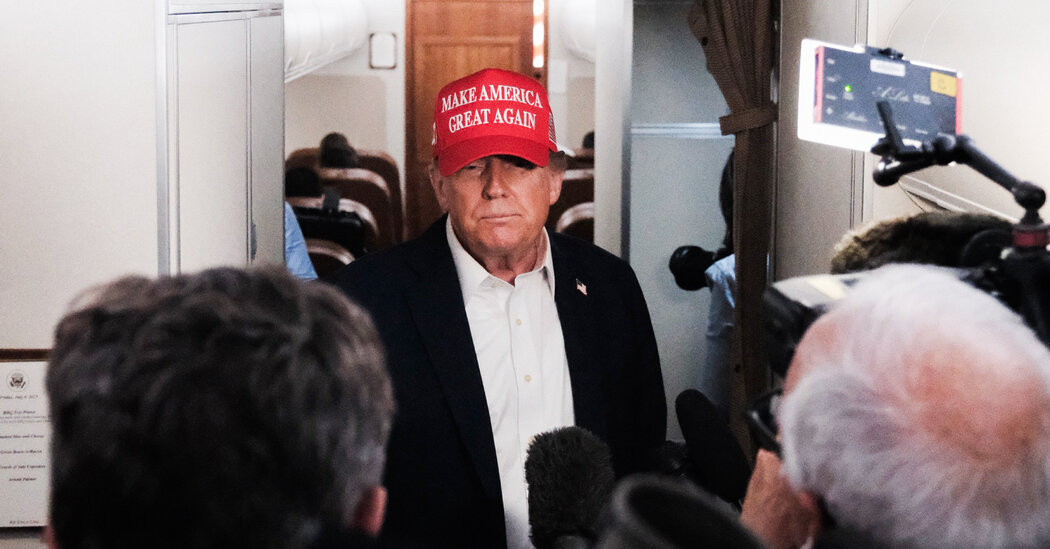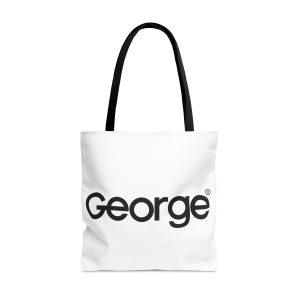

The president is again threatening higher tariff rates on a dozen foreign nations, as a deadline elapses this week for making trade deals.
President Trump is set to rekindle economic pressure on America’s trading partners this week, as a deadline for making trade deals elapses and the administration begins notifying countries of the tariffs they’ll face on exports to the United States.
For 90 days, the administration has been trying to reach trade pacts with dozens of countries in an attempt to lower economic barriers to U.S. exports. In April, the president imposed stiff global tariffs on nearly every trading partner but paused most of those levies until July 9 to try and win concessions.
So far, the United States has reached only two preliminary trade deals, with Britain and with Vietnam, which are scant on details and leave much to be worked out.
More such limited trade deals could be announced in the coming days, including an initial trade framework with India. Countries that have so far agreed to trade deals, even preliminary handshake agreements, have qualified for lower tariff rates than what Mr. Trump threatened in April.
Other countries that have not reached agreements are expected to face sharply higher tariffs, although the president and his advisers have recently implied that the tariffs may not go into effect until Aug. 1, rather than on July 9.
Still, with tariffs threatening to strain diplomatic relations and bring some global commerce to a halt, a delay of a few weeks may not to do much to soothe many foreign governments. It could also further unsettle financial markets, which revolted when Mr. Trump initially announced his global tariffs, a meltdown that prompted Mr. Trump to institute the 90-day delay.



